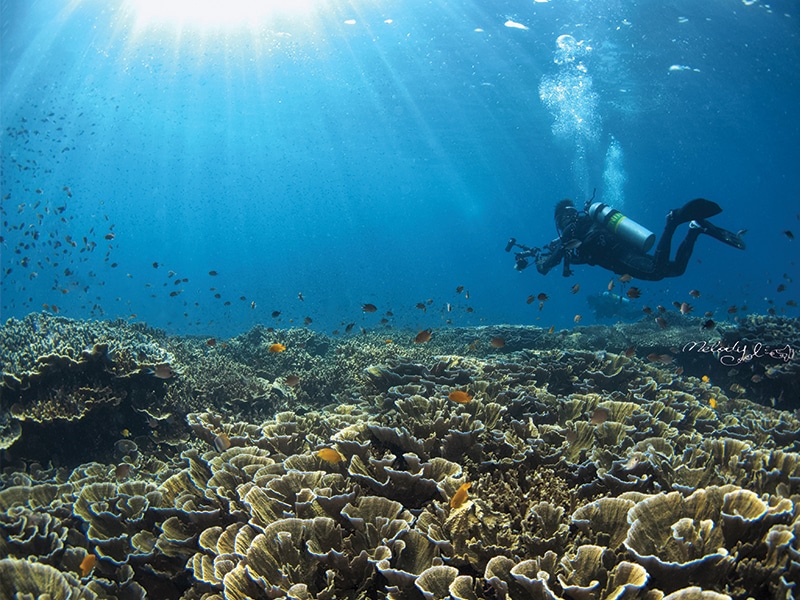With 7,107 islands to explore, a coastline extending for more than 36,000 kilometres, more than 3,000 beaches, and a cheerful and hospitable nature, the Philippines has plenty of options for a great holiday. Here are some facts about the country, plus ways you can prepare for and make the most out of your visit.
The basics
Population: 112 million
Capital: Manila
Religion: An estimated 85% of the population is Roman Catholic, making the Philippines the only Christian nation in Asia
Emergency number: 112 or 911 (emergency services); 117 or 168 (police)

Fact file
- The flag of the Philippines is the only flag that is displayed differently in times of peace and war; in peacetime, the blue side is put on top; in wartime, the red.
- The University of Santo Tomas (UST) in Manila is the oldest existing university in Asia.
- The world’s longest underground river system accessible to man can be found at the St Paul National Park in the province of Palawan.
- Basketball is the most popular sport in the Philippines.
- The Philippines was the first country in Southeast Asia to gain independence after World War II.
Key dates
- 9 January: Feast of the Black Nazarene. Manila’s grand festival surrounds a religious icon, the Black Nazarene, and a procession by thousands of devotees.
- March-April: Holy Week. The most important holiday in the Philippines, lasting from before Palm Sunday to after Easter.
- Last Monday in August: National Heroes’ Day. Commemorates the beginning of the Philippine Revolution against Spain.
Hot spots and itineraries
Popular destinations include Manila, Boracay, Cebu, Palawan, Bohol and Davao. The Six World Heritage Sites include the historic town of Vigan and the Puerto-Princesa Subterranean River National Park.
Some itinerary ideas
- Beach Focus: Manila – Legazpi – Donsol – Bohol – Cebu – Boracay
- Palawan: Manila – Puerto Princesa – El Nido
- City & Country: Manila – Sagada – Banaue Rice Terraces
Staying safe and healthy
Incidents of dengue fever have been relatively high in the Philippines in recent years, so wear protective clothing and take lots of repellent. Between June and November, the Philippines gets hit by an average of 20 typhoons a year. These can bring flash flooding and landslides. If you’re there in times of heavy rain, travel sensibly. Finally, always check for the latest COVID-19 updates and restrictions.
Cultural things
While you’re there, please don’t…
- Curl your index finger back and forth to beckon someone; this is an insult.
- Be too concerned about time and schedules; many Filipinos place less emphasis on adhering strictly to a time frame.
Before you go, read …
- Eye of the Fish by Luis H Fracia – these essays by a journalist who was born in Manila but raised in New York cover all kinds of issues facing Filipinos today.
- I Am a Filipino: And This Is How We Cook by Nicole Ponseca and Miguel Trinidad – a cookbook that won a slew of awards when it was released in 2018
- Playing with Water – Passion and Solitude on a Philippine Island by James Hamilton-Paterson – the author has lived on and off in the Philippines since 1979, including long stints on a small island where he lives off fish that he catches with the locals.
Before you go, watch …
- Sisterakas – this Filipino comedy parody film is the third-highest-grossing film in the country’s history.
- Block Z – a 2020 film that follows a group of uni students trying to survive a zombie pandemic in the Philippines.
- Apocalypse Now – okay, it’s not about the Philippines, but the whole thing was filmed there, on the island of Luzon (where Platoon was also filmed)!
They said it
“Tourism is a crucial industry that could employ millions of Filipinos, skilled and unskilled alike.” – former president Benigno Aquino III, speaking in 2010
“… The Philippines liberates my soul – I can fully be myself here. This place is the capital of romance; it has a certain chord (musical that is) that hangs in the air and my soul chimes with it …” – anonymous
“I want the people of the Philippines to be happy, even if they have nothing.” – Manny Pacquiao, professional boxer turned politician

Important questions
Do I need a visa?
Most nationalities don’t need a visa when visiting the Philippines, provided you do not stay longer than 30 days, and have return tickets and a passport valid for at least six months. Citizens of India, China and a select group of other countries require a visa – see philippine-embassy.org.sg.
What time is it in the Philippines?
The Philippines is 8 hours ahead of GMT, the same time as Singapore and 2 hours behind Sydney.
What’s the money situation?
Filipino currency is the Philippine peso (Php). US dollars are widely accepted and ATMs readily available in major cities. Remember to have cash available in the rural areas where ATM access and exchange rates may be less favourable.
When’s the best time to visit?
The weather is generally tropical with hot and humid conditions. June to November often experience heavy rainfall and occasional typhoons, and March to May are the hottest months. It’s generally recommended to visit from November to April, when the weather is dry.
What’s the lingo?
Tagalog and English (it’s the third biggest English-speaking country in the world, behind the US and India). Here are some Tagalog phrases to get you started:
- Hello: Kumusta
- What is your name? Anóng pangalan mo?
- My name is __: __ ang pangalan ko
- How much? Magkano?
- Thank you: Salamat
- Yes: Oo
- You’re welcome: Walang anuman
Last but not least
Is there anything I should know about meeting the locals?
Filipinos usually greet each other with a smile and eye contact. As soon as they make eye contact they raise and lower their eyebrows as an additional greeting sign.
What’s a must-try dish?
Adobo, a dish consisting of chicken or pork stewed in vinegar, garlic, soy sauce, bay leaves and peppercorns.
What should I buy as a souvenir?
Something woven with abacá (Manila hemp) such as placemats, rugs, hats, handbags.
Like this? Read more in our Travel section.
![]()
Don't miss out on the latest events, news and
competitions by signing up to our newsletter!
By signing up, you'll receive our weekly newsletter and offers which you can update or unsubscribe to anytime.



